You can also listen to this article in the voice of own Plastic Artist Rosângela Vig:
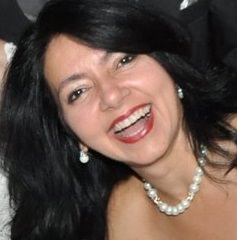
When Ishmalia became insane,
She stood dreaming in the tower…
She saw a moon in the sky,
She saw another one in the sea.In the dream she lost herself,
She bathed in the moonlight…
She wanted to go up to heaven,
And to go down to the sea…And, in her madness,
In the tower she began to sing…
She was near the sky,
She was far from the sea…And as an angel she fell over
Her wings to fly wide…
She wanted the moon from the sky,
She wanted the moon of the sea…The wings God gave her
Flapped very wide…
Her soul ascended to Heaven,
Her body went down to the sea…
(Alphonsus de Guimaraens apud MOISÉS, 2000, pp.331-332)
Ismália is one of the most beautiful poems of Alphonsus de Guimaraens (1870-1921), the great poet of Brazilian Symbolism. The text involves emotions and approaches the senses. The images are dreamlike, death is the theme and the language, is close to music, fluid, and full of alliterations. In Literature, Symbolism emerged in the late 19Th Century, in France, inspired by the of Romanticism; it opposed to Realism and Naturalism and brought up the states of soul. Among the most relevant names, are the French poets Stéphane Mallarmé (1841-1898); and also Charles Baudelaire (1821-1867) who, was no longer alive when the Symbolism was consolidated in France, but was placed las a pre-symbolist and the most important of the movement.
So it was in Literature, so it was in Art. The style permeated the artistic manifestations, between 1880 and 1910, and brought more delight and History to Art. In this field, the imagination of the artificer went beyond the visible, traveled to the subconscious and to the world of dreams, theme of the work Interpretation of Dreams, by Sigmund Freud (1856-1939), the creator of Psychoanalysis. The book, published in 1899, aroused interest throughout Europe and echoed in the Arts.
The Art Nouveau, brought more beauty to architecture and Design, also served as na inspiration for Symbolists, although they opposed the prosperity and abundance of the new style.
Architecture and Design
Art Nouveau
We want to travel without steam and without sail!
Caml down the boredom of prisons
For our soul to pass away, stiff as a canvas,
Horizons of love, our memories.
(BAUDELAIRE, p.151, 2006)
The above words may aptly distinguish an artist's heart. It is quite possible for the creative genius to sail through turbulent waters, detached, loose, crossing unknown directions. And the sovereign soul of the craftsman went through these uneasy journeys, bringing more charms to the Architecture of the late 19th century. There was, at the time, a break with the past and an awakening to the new. The new trend approached the world of dreams and enchantment. France saw the birth of Art Nouveau, a style that went on to other European countries, dating from 1880 and 1920. The exoticism of Nouveau modernized the Design and promoted a flowering of the decorative Arts and Architecture. The style accompanied modernity, industrialization and the growth of the bourgeoisie, bringing the use of materials such as iron, glass and cement. As for form, served as sources for inspiration, the nature, the flowers and the animals.
Unlike all that had been seen, the new style, largely, had its origins in the Graphic Arts. But we must also remember the influence of Art and Japanese objects; and the lines of the English movement Arts and Crafts of William Morris 1 (1834-1896).
A landmark for Art Nouveau was the opening, in 1895, of the store Maison de l’Art Nouveau (House of Art Nouveau), the collector and merchant of Art, Siegfried Bing (1838-1905). The design of Bing’s House was presented at the Universal Exhibition of 1889. The store had its interior designed by the architect Henry Van de Velde (1863-1957). Amongst the refined environments, of famous designers, were paintings and posters by important artists such as Toulouse-Lautrec (1864-1901), Paul Signac (1863-1935) and Edvard Munch (1863-1944); fabrics designed by William Morris; as well as objects by Louis Comfort Tiffany (1848-1933), artist and designer known for his work with stained glass. Received the style Nouveau the entries for the stations Place de La Bastille and Place de L'Etoile, were designed in 1899, by the great architect of the time, Hector Guimard (1867-1942).
The Nouveau model is on Louis Comfort Tiffany table lamps (Figures 1 and 2). Represents a plant, the originality of the luminaire (Fig. 1) Tiffany used the bronze for the root and for the stem. The colorful crystals hanging represent the flower petals and its leaves. More than simply decorative, the object is a delicacy of Art, recalling the colors and the style of the Morris drawings, the Japanese Art. The plant is the water nymphaea, and it is present in the gardens and paintings of the impressionist painter Claude Monet (1840-1926).
The great contribution of the Nouveau was due to the furniture. In figure 3, the style lines seem to bring the nature to the room, in the objects of daily use. The curved lines in the furniture ornamentation are like branches and leaves sprouting, or flowers blooming. Nature is integrated into the room, or the room integrates with the nature, through the irregular and sinuous forms of furniture, on the picture of Hector Guimard Museum. The final impression is that everything moves slowly.
On the outside of the museum (Fig. 4), the details of the ceiling, balcony, or handrail leading to the staircase are rounded, irregular, sinuous, as are the elements of growing nature itself. It's as if the forest sheds its branches. On the facade of the museum (Fig. 5), the windows and balconies appear to be extensions of the internal environment. The curving lines lean sadly on the cold sidewalk.
The style Nouveau still left surreal and unforgettable marks in Barcelona, in Spain, on the remarkable works of Antoni Gaudí (1852-1926). On the phases of maturing of his works, he showed an influence of Gothic revivalism, and inspiration on Eugène Viollet-le-Duc (1814-1879). Gaudí also went through a phase of patronage by the businessman Eusebi Guell (1846-1918). Gaudí was among the artists that the rich and cultured entrepreneur welcomed and who became patron and close friend. Gaudí received several orders from Guell and, at that stage, he got in touch with Art Nouveau, which influenced his work, although his trajectory took on a unique aspect.
Among the most well-known works of Gaudí are the Catholic church the Sagrada Família 2, in Gothic style, begun in 1882 and still not finished; Park Guell 3, opened in 1922, whose main idea was to be a luxury residential, but eventually became a park; the Milá house, known as La Pedrera, built between 1905 and 1907; and the Casa Batlló 4 (Figures 6 and 7) built between 1904 and 1906.
Considered to be the masterpiece of Gaudí, the organic and sinuous forms of windows and doors of the Casa Batlló resemble those of Castelo Rá-Tim-Bum, of the Brazilian children's series. More significantly than the facade of the Guimard Museum, the lines of Gaudí seem to acquire life and move slowly, as if to stretch to the heat of the sun. In a way, in their solidity, the walls are not standing still, they are tender. The colorful stained glass windows and mosaics match an enchanted forest, covered by a scaled roof, no less colorful than the walls. The surreal and magical construction seems to erupt grandiose from within a tree, opening cracks, moving away its branches and emerging in life and colors.
Sculpture
Nothing in Art is done only through the will,
everything is done by docile submission to the subconscious.
(Odilon Redon apud BUGLER, 2014, p.299)
The lines of Art Nouveau became a source of inspiration for the sculptors. In this field, the wavy lines acquired a certain sensuality and movement. The organic ornamentation went through the environments taking lightness and a decorative sense.
Émile Antoine Bourdelle 5 (1861-1929) stood out as the most remarkable of the Belle Époque and the forerunner of 20th Century Sculpture. In its features the lines of Romanticism and the forms and movements of water are recognizable.
Emmanuel Villanis (1858-1914), French sculptor, was best known for his small-scale bronze objects, in which he mixed a kind of Neoclassicism with the elegant lines of Art Nouveau. Among his subjects Mythology (Figures 8 and 9) and floral elements were frequent. Were common the busts, female figures, nudes and a tendency to sensuality and eroticism. The sculptures of Thais and Lucrece correspond to two women of Roman Antiquity. In both, the recognizable beauty of women is completed by the seductive look. Villanis was among the most productive sculptors of his time and his works were exported to several countries.
Painting
Art is in essence idealistic: the deepest dreams
have the most personal interpretation.
(Fernand Khnopff apud BUGLER, 2014, p.309)
The words are from the artist Fernand Khnopff (1858-1921) and summarize the main attribute of Symbolism. The new abstract forms were closer to spiritual reality, contrary to Art representative or realistic. Themes roamed the worlds of dreams and visions. Opposing Impressionism, the symbolists favored the suggestion of ideas, by means of icons. In Painting, relevance was given to form, the colors, the rows and, especially subjectivity. Khnopff led the movement in Belgium and was admired by several artists, among them Edvard Munch (1863-1944) and Gustav Klimt (1862-1918).
Melancholy is present in the desolate landscape of the work of Pierre Puvis de Chavannes (1824-1898), in figure 12. The man with a sorrowful and sullen aspect is lonely, as if reflecting on something. The colors of nature are mixed and discreet, contrasting with the protagonist of the scene. Around the son, who once was insolent, the pigs feed, remembering the well-known parable that symbolizes redemption. Like great artists of his time, Chavannes did not fit into just one movement, he went through Impressionism, by Post-impressionism and the Symbolism. The use of moderate colors, not pure, is also a characteristic of two of his works of 1863 (Figures 10 and 11). You can see a reference to the period Classic, in the form, in perspective and in shadows.
The contact with French Symbolism, in the Art Hall of the Rose Cross, in 1892, led the Swiss artist Ferdinand Hodler (1853-1918) to turn his style to a metaphysical sense. Soul states are present in his work Night 6, which shocked the society of the time. Her, the representation of sleep approaches the idea of death. There are people apparently asleep, naked, in deep sleep, lonely, embracing, suggesting a certain eroticism. One of them is suddenly awakened by death. Between people, two were his wives, and the artist himself is portrayed in the scene.
The eroticism also was in several works of Gustav Klimt (1862-1918) who was accused of pornography. His diverse style, however, brought together elements of Symbolism, Impressionism and Art Nouveau. A couple joined in a tender and intense embrace is the theme of Klimt's best-known work, the Kiss, from 1907. In the fabric that surrounds the couple, it is possible to recognize the influences Nouveau and Byzantine, geometric lines and floral print motif. Beneath the two there are colorful shrubs, flowers and twigs, and the golden ribbons plunging on the woman's feet, on the right side of the work. Her rounded shapes contrast with his angular and rectilinear shape. Under the golden mantle, the two seem to be naked and completely involved with each other. The background of the scene is almost imperceptible to the look, since there is a highlight for the protagonists. The painting was part of Klimt’s golden phase, when He used gold leaves in several of his paintings.
Norwegian artist, Edvard Munch, one of the precursors of Expressionism as well as other painters of his time, also went through Symbolism. In 1896, when he was in Paris, he had among his circle of friends, the French poet Stéphane Mallarmé. Much of Munch's own life, full of tragedies, eventually revealed in his works in which melancholy and sadness were common. Among the lithographs he produced after 1896, the work Vampire (Fig. 13) was called Love and Pain by the artist. In the mournful image, a man is wrapped in the arms of a woman who kisses his neck. Distressed, seems to be carried away by the embrace, probably to death.
In Separation (Fig. 14), the protagonist is also a man saddened by the pain of a relationship that ended. This and other works by Munch, like The Kiss and The Srcream, were part of a series entitled The Frieze of Life, in english, The Freize of Life, that explored themes such as Love, anxiety, jealousy, infidelity and death. Like Klimt and many of the time, Munch was obsessed with female sexuality. I the scene of figure 14 are present the elements of sexuality, of lust and betrayal. Lonely, man seems unable to move, in his discouragement. The red color in his right hand, on the chest, symbolizes the blood pouring from the heart. Contrasting with his image, the woman stands up and looks beautiful. as if she did not notice him, She walks distant and cold, with her long hair in the wind. The design of her hair accompanies the winding line of the wind that seems to blow. It is possible to recognize, in the image, traces of Art Nouveau, for the winding lines, the simplified contours and the use of colors.
Among the artists who have also passed through the symbolist current, are the names of Paul Gauguin (1848-1903), Gustave Moureau (1826-1898), Arnold Böcklin (1827-1901), Ferdinand Hodler (1853-1918), Odilon Redon (1940-1916) and Fernand Khnopff (1858-1921).
Final Considerations
Art finds in its own perfection. It should not
be judged by an exterior model. It is more
a veil than a mirror. It can have unknown flowers and birds
in any forest. It invents and
destroys worlds and, with a scarlet thread, it can take the
moon from the Heavens. (…) For her, Nature has no laws.
(WILDE, 1992, p.45)
Oscar Wilde (1854-1900) was part of the European movement called Aestheticism, with very close characteristics to those of Symbolism. For the English writer, the Beauty would be an antidote to the coldness of industrialization. He opposed realism and believed in Art for Art. His words and his thoughts still echo today. Maybe on the paths of Art we can diminish the coldness and harshness of the real world.
The engineer of forms and colors can possibly engender a new world, architect dreams, or build universes and glimpse scenes of which only imagination and Art are capable. It is possible for him to conceive surreal worlds, as beautiful as those of Gaudi; to arouse the most intense astonishment, as in the Paintings of Munch; or even to foster ineffable sensations, as in Klimt's paintings.
This diversity, which was spoken in the last decades of the 19th century, took enough elements for Art to allow itself to speak, without the hands of reality, without the distortions of life. And the paths of Art are very close to those where Poetry tracks. The creation is deep, it emerges from the soul in ecstasy. And Art is the balm of the soul.
The goal of life is self-development.
Fulfilling perfectly the own nature –
that is the reason why we are here.
(WILDE, 1986, p.13)
1 William Morris Society Official Website:
www.morrissociety.org
² Gaudí’s Sagrada Família Vídeo:
www.youtube.com/watch?v=UrKSk4xFVLw
3 Gaudí’s Park Guell Video:
www.youtube.com/watch?v=HP_bOvoUr90&t=35s
4 Official website, Casa Batlló:
www.casabatllo.es
Video with commentary:
www.youtube.com/watch?v=j31eZTrW0Ss
5 Émile Antoine Bourdelle – Bourdelle Museum website:
www.bourdelle.paris.fr
Sign up to receive Event News
and the Universe of Arts first!
6 Ferdinand Hodler’s Night video with coments:
www.kunstmuseumbern.ch/en/see/collection/videos-higlights-collection/ferdinand-hodler-the-night-271.html
References:
- BAUDELAIRE, Charles. Sobre a Modernidade. São Paulo: Editora Paz e Terra, 2007.
- BAUDELAIRE, Charles. As Flores do Mal. São Paulo: Martin Claret, 2006.
- BAYER, Raymond. História da Estética. Lisboa: Editorial Estampa, 1993. Tradução de José Saramago.
- CHILVERS, Ian; ZACZEK, Iain; WELTON, Jude; BUGLER, Caroline; MACK, Lorrie. História Ilustrada da Arte. São Paulo: Publifolha, 2014.
- FARTHING, Stephen. Tudo Sobre a Arte. Rio de Janeiro: Sextante, 2011.
- GOMBRICH, E.H. A História da Arte. Rio de Janeiro: Editora Guanabara, 1988.
- HAUSER, Arnold. História Social da Arte e da Literatura. São Paulo: Martins Fontes, 2003.
- MOISÉS, Massaud. A Literatura Brasileira através dos Textos. São Paulo Ed.Cultrix, 2000.
- PROENÇA, Graça. Descobrindo a História da Arte. São Paulo: Editora Ática, 2005.
- VERLAINE, Paul. One Hundred and One Poems by Paul Verlaine. Chicago: The University of Chicago Press, 1999. Translated by Norman R.Shapiro.
- VIG, Rosângela Araújo Pires. DA ARTE COMO COMUNICAÇÃO À COMUNICAÇÃO COMO ARTE. Comunicação, Cultura e Mídia, Uniso, Sorocaba: 2010. Available in:
comunicacaoecultura.uniso.br/prod_discente/2010/pdf/Rosangela_Vig.pdf - WILDE, Oscar. A Decadência da Mentira e outros ensaios. Rio de Janeiro: Imago Editora, 1992.
- WILDE, Oscar. O Retrato de Dorian Gray. São Paulo: Editora Scipione, 1986.
The figures:
Fig. 1 – Pond Lily Lamp, Louis Comfort Tiffany, 1904, leaded glass and bronze, 67,31 x 48,26 cm. Virginia Museum of Fine Arts, Richmond. Gift of Sydney and Frances Lewis. Photo: Katherine Wetzel. © Virginia Museum of Fine Arts.
Fig. 2 – Begonia Lamp, Louis Comfort Tiffany, 1900, leaded glass and bronze, 41,9 x 33 cm. Virginia Museum of Fine Arts, Richmond. Gift of Sydney and Frances Lewis. Photo: Katherine Wetzel. © Virginia Museum of Fine Arts.
Fig. 3 – Internal room of the Hector Guimard Museum, in Paris. Photo: Le Cercle Guimard.
Fig. 4 – Interior and ceiling of Hector Guimard Museum, in Paris. Photo: Le Cercle Guimard.
Fig. 5 – Facade of Hector Guimard Museum, in Paris. Photo: Le Cercle Guimard.
Fig. 6 – Facade of Casa Batlló, Francis Benavides.
Fig. 7 – Facade of Casa Batlló, Francis Benavides.
Fig. 8 – Thais, Emmanuel Villanis, 1890, bronze, 55 cm. Hickmet Fine Arts ©.
Fig. 9 – Lucrece, Emmanuel Villanis, 1890, bronze, 53 cm. Hickmet Fine Arts ©.
Fig. 10 – Rest, Pierre Puvis de Chavannes, 1863, oil on canvas, 108,5 x 148 cm. National Gallery of Art, Washington. Widener Collection.
Fig. 11 – Work, Pierre Puvis de Chavannes, 1863, oil on canvas, 108,5 x 148 cm. National Gallery of Art, Washington. Widener Collection.
Fig. 12 – The Prodigal Son, Pierre Puvis de Chavannes, probably from 1879, oil on linen, 106,5 x 146,7 cm. National Gallery of Art, Washington. Chester Dale Collection.
Fig. 13 – Edvard Munch: Vampire II, 1895-1902, lithograph, 380-387 x 550-560 mm. Munch Museum, Oslo. Photo © Munch Museum.
Fig. 14 – Edvard Munch: Separation, 1896, oil on canvas, 96,5 x 127 cm. Munch Museum, Oslo. Photo © Munch Museum.
Fig. 15 – Pandora, Odilon Redon, 1910-1912, oil on canvas, 143,5 x 62,9 cm. National Gallery of Art, Washington. Chester Dale Collection.
Fig. 16 – Saint Sebastian, Odilon Redon, 1910-1912, oil on canvas, 144 x 62,5 cm. National Gallery of Art, Washington. Chester Dale Collection.
You might also like:
- First Traces of Modern Art – Abstract Expressionism in Brazil by Rosângela Vig
- First Traces of Modern Art – Expressionism in Brazil by Rosângela Vig
- Modern Art – Abstract Expressionism by Rosângela Vig
- First Traces of Modern Art – Impressionism in Brazil by Rosângela Vig
- Modern Art – Surrealism by Rosângela Vig
- Modern Art – Abstractionism by Rosângela Vig
- Modern Art – Cubism by Rosângela Vig
- Modern Art – Expressionism by Rosângela Vig
- First Traces of Modern Art – Post-Impressionism by Rosângela Vig
- First Traces of Modern Art – Impressionism by Rosângela Vig
- Romanticism in Brazil by Rosângela Vig
- Romanticism by Rosângela Vig
- The Neoclassical Art in Brazil by Rosângela Vig
- The Rococo in Brazil by Rosângela Vig
- The Neoclassical Art by Rosângela Vig
- Rococo by Rosângela Vig
- How appears the Surreal Work by Rosângela Vig
- The Baroque in Brazil by Rosângela Vig
- Baroque by Rosângela Vig
- Mannerism by Rosângela Vig
- Flemish Art – Renaissance in Northern Europe by Rosângela Vig
- Renaissance by Rosângela Vig
- The Contemporary, A little about the Urban Art by Rosângela Vig
- The Naive Art – Ingénue Art by Rosângela Vig
- Middle Ages, Byzantine Art by Rosângela Vig
- Middle Ages, Romanesque Art and Gothic Art by Rosângela Vig
- The Roman Art by Rosângela Vig
- Greek Art, Art History in Ancient Greece by Rosângela Vig
- The Egyptian Art by Rosângela Vig
- The Prehistoric Art by Rosângela Vig
- The beauty Art and the sublime Art by Rosângela Vig
- The Game of Art by Rosângela Vig
- The Misunderstood Art by Rosângela Vig
ROSÂNGELA VIG
Sorocaba – São Paulo
Facebook Profile | Facebook Fan Page | Website
Columnist at Website Obras de Arte
E-mail: rosangelavig@hotmail.com

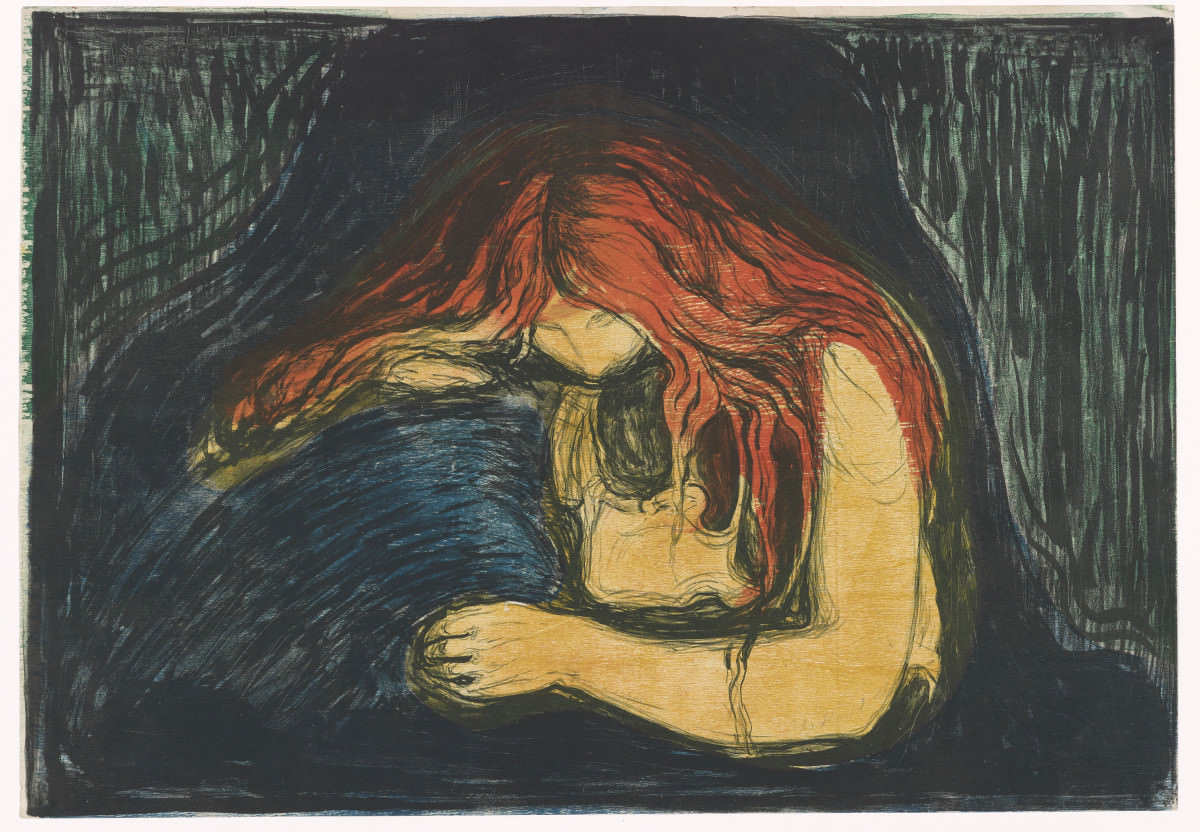
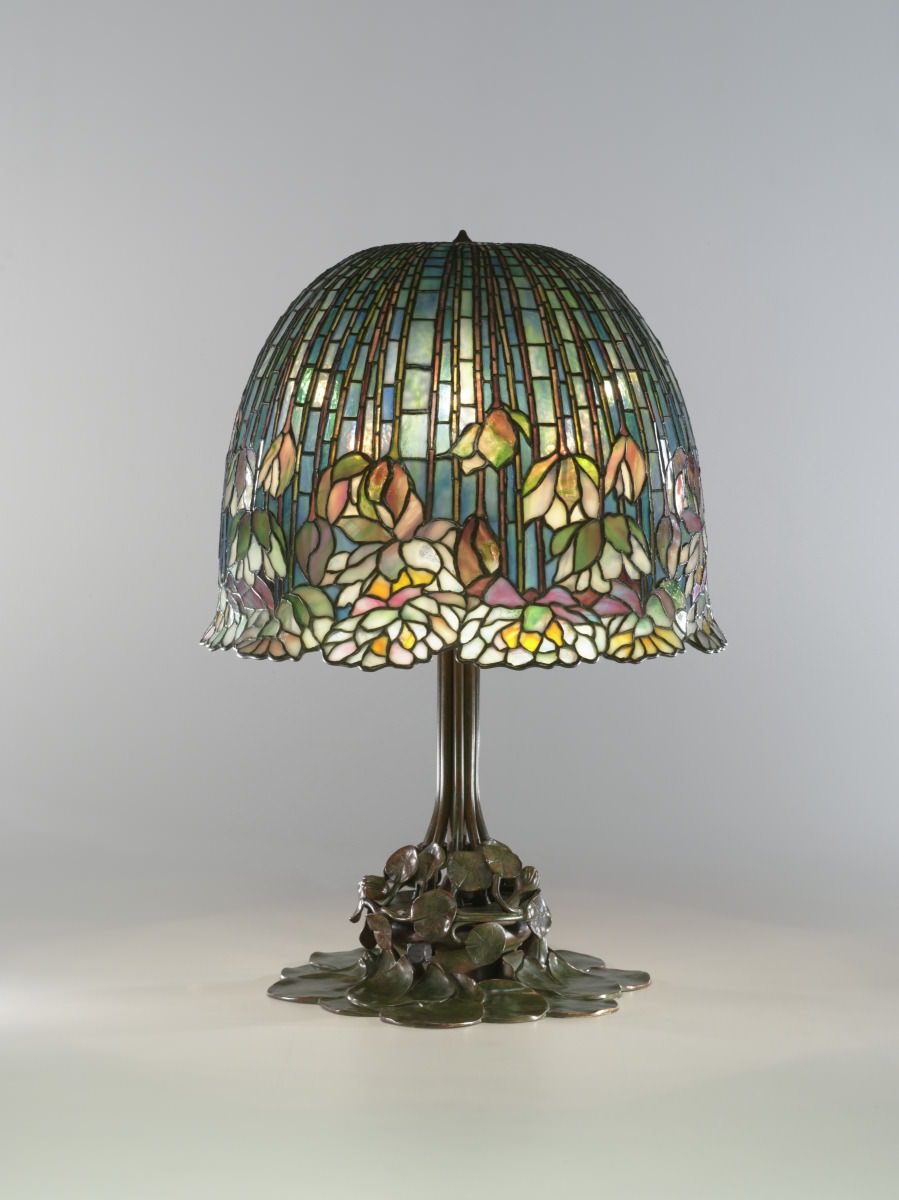
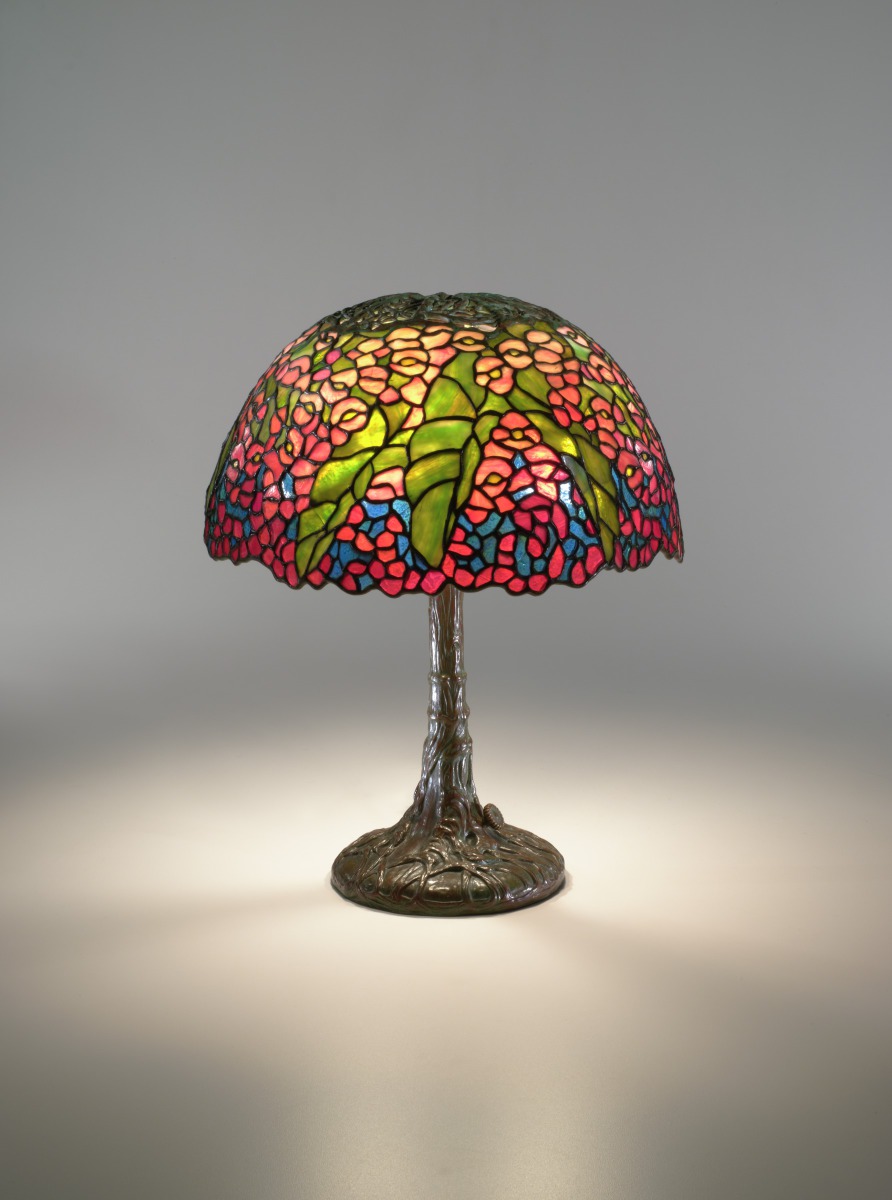
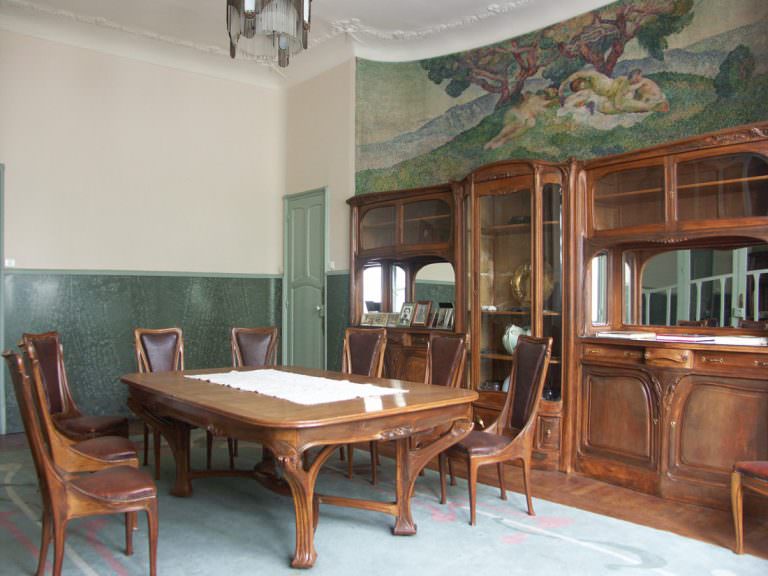
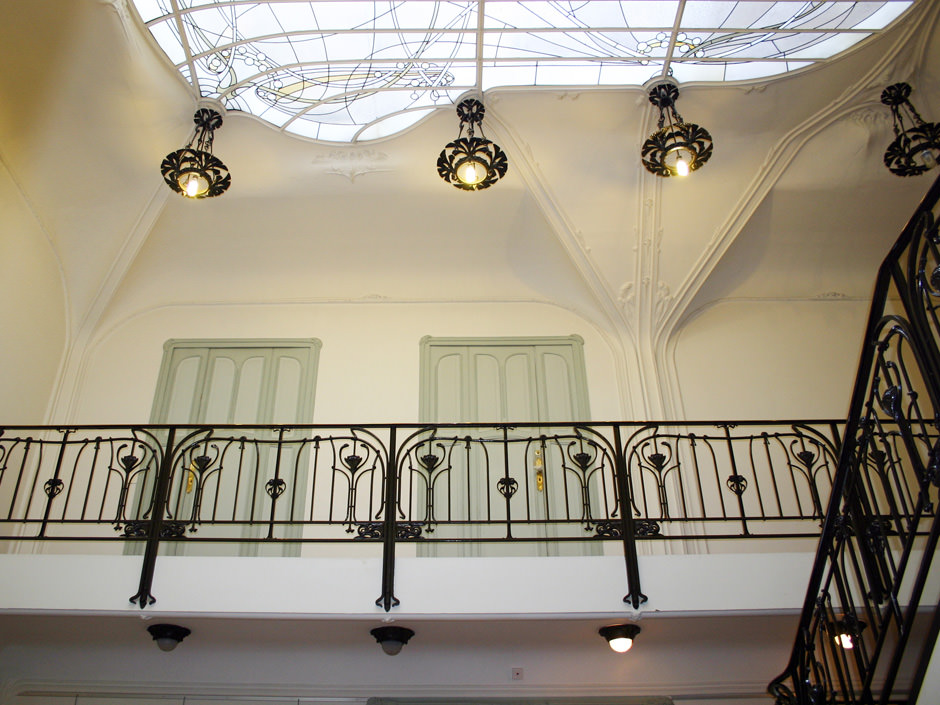
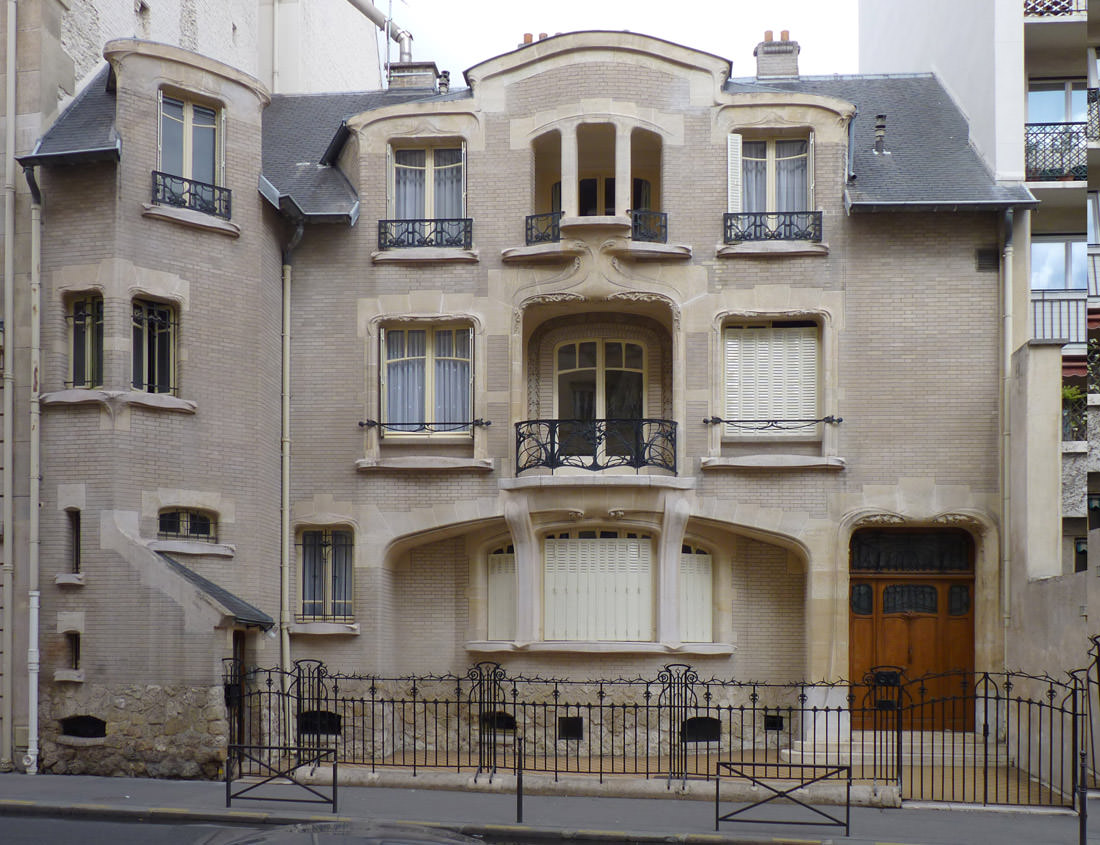
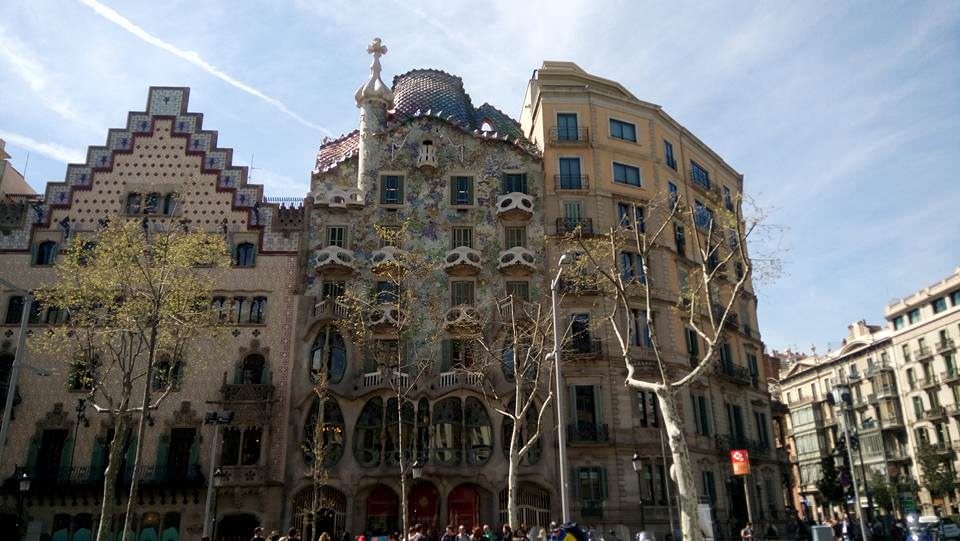
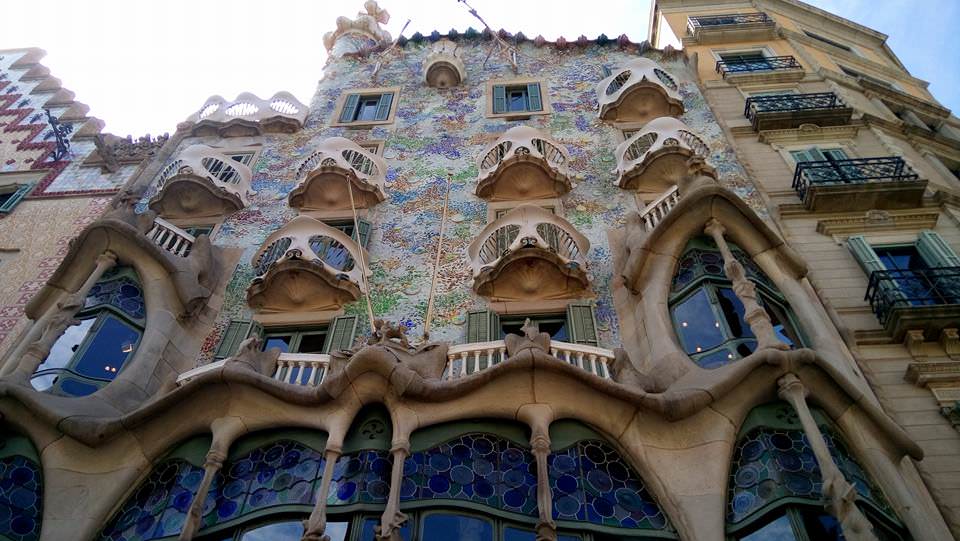
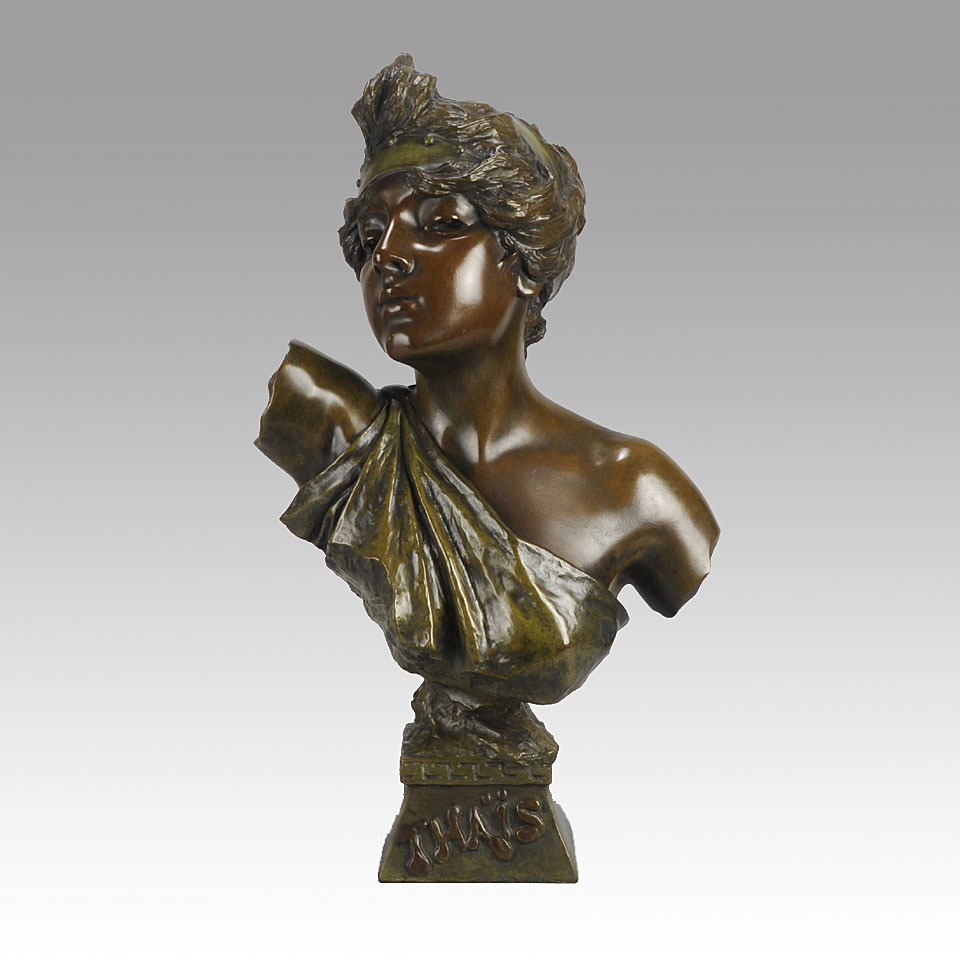
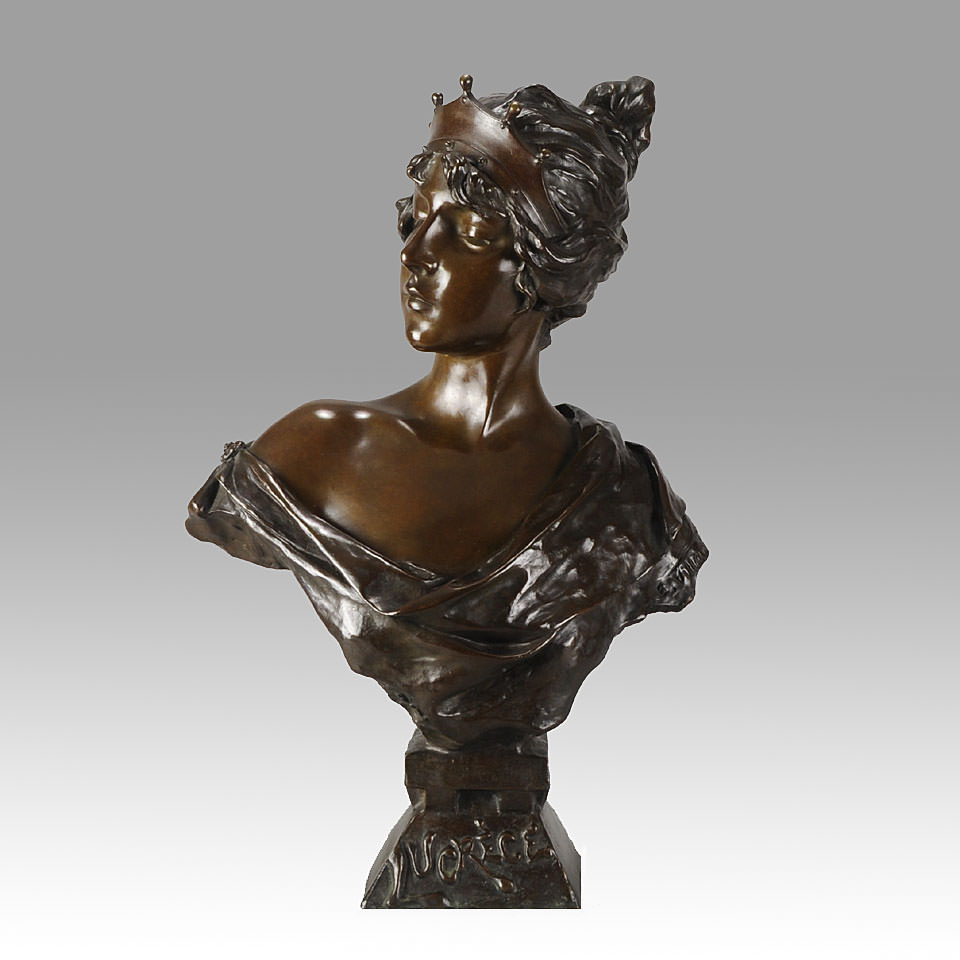
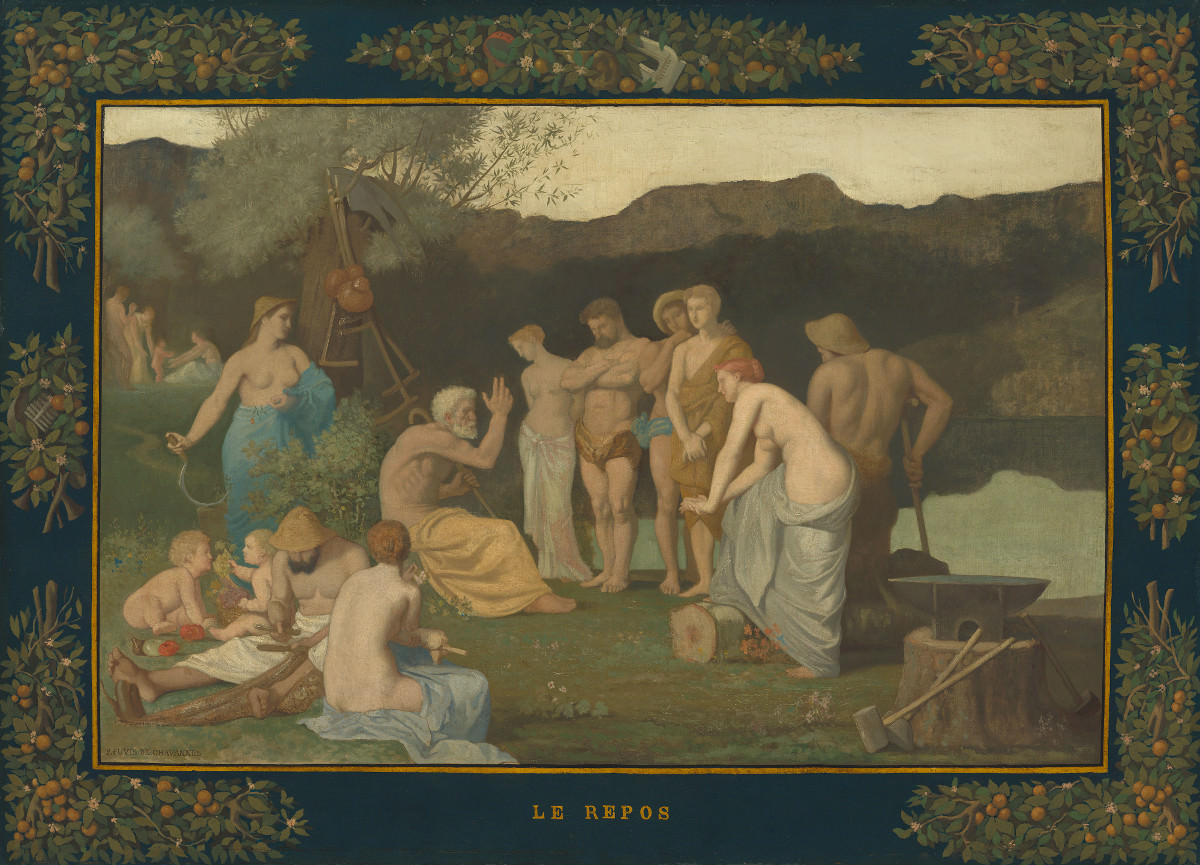
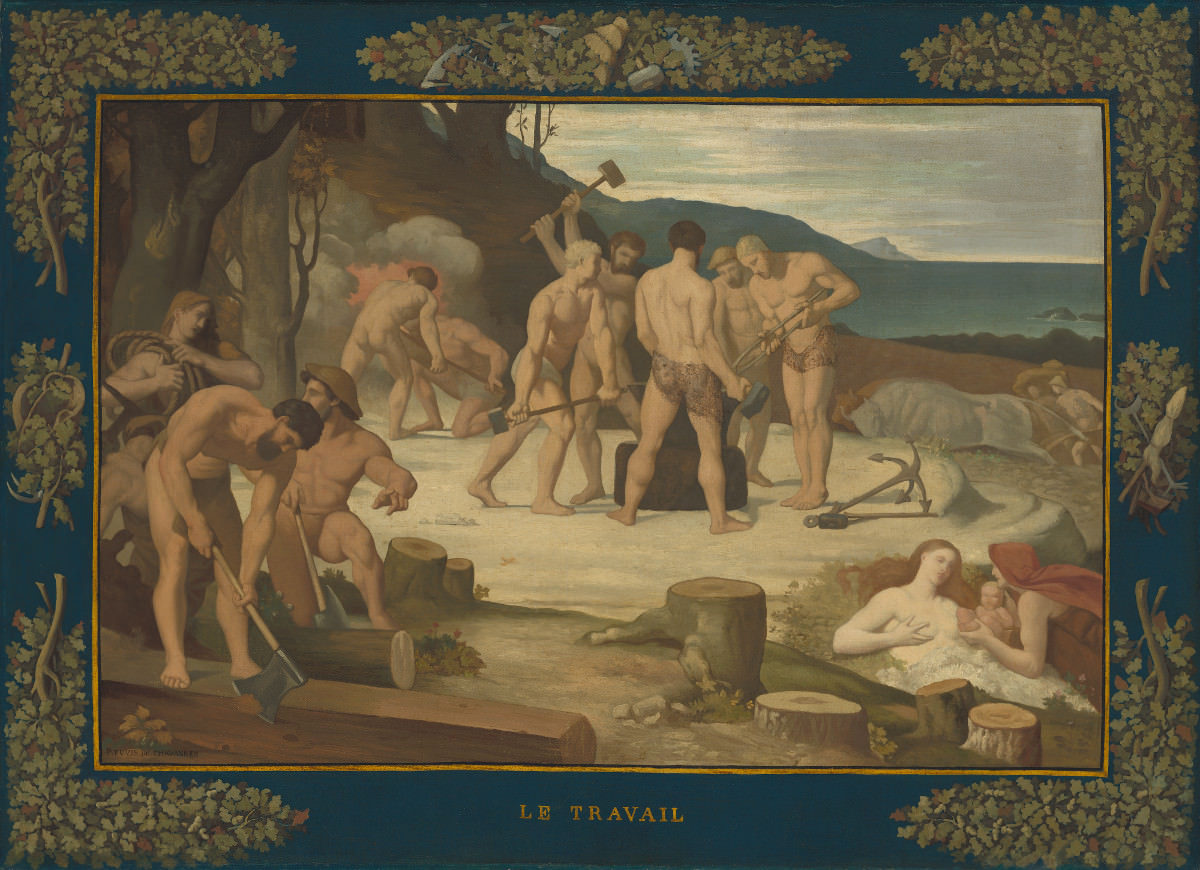

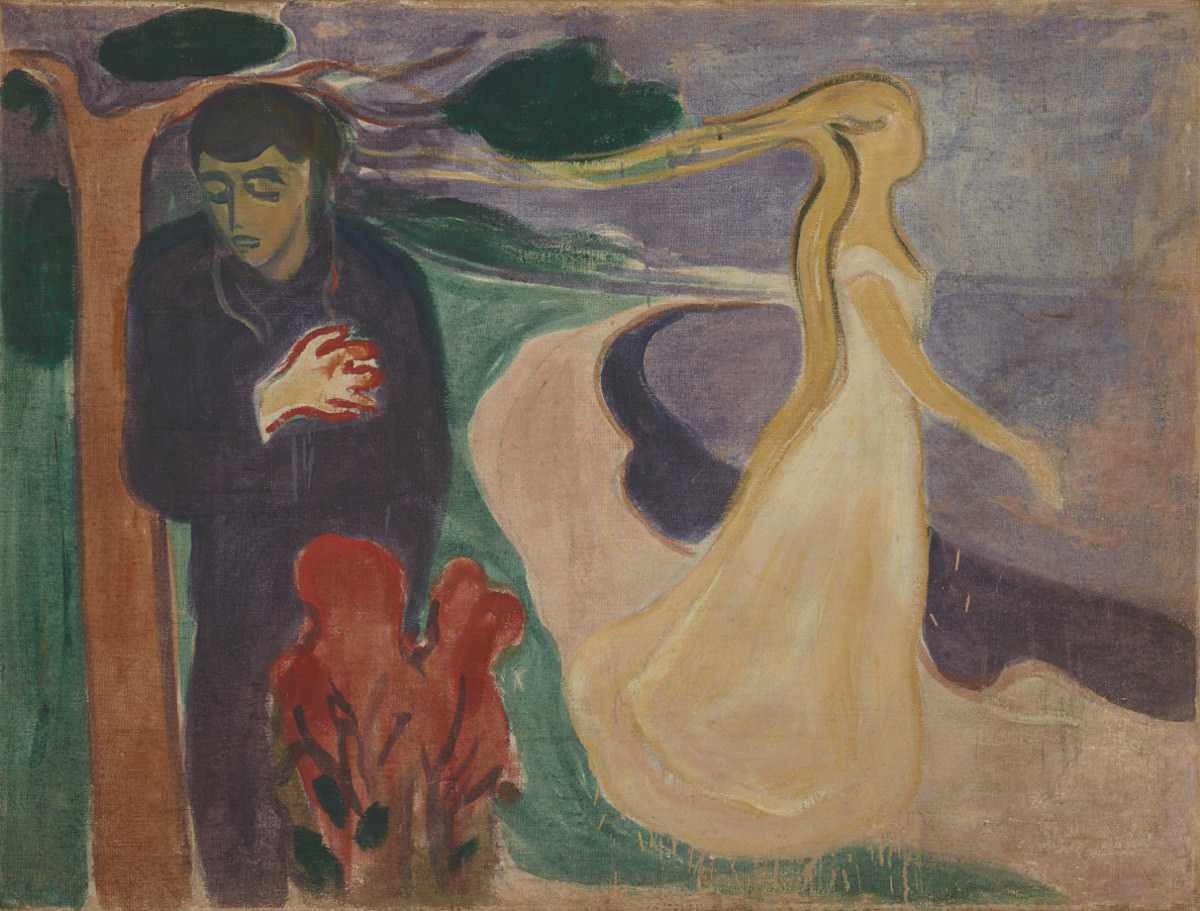

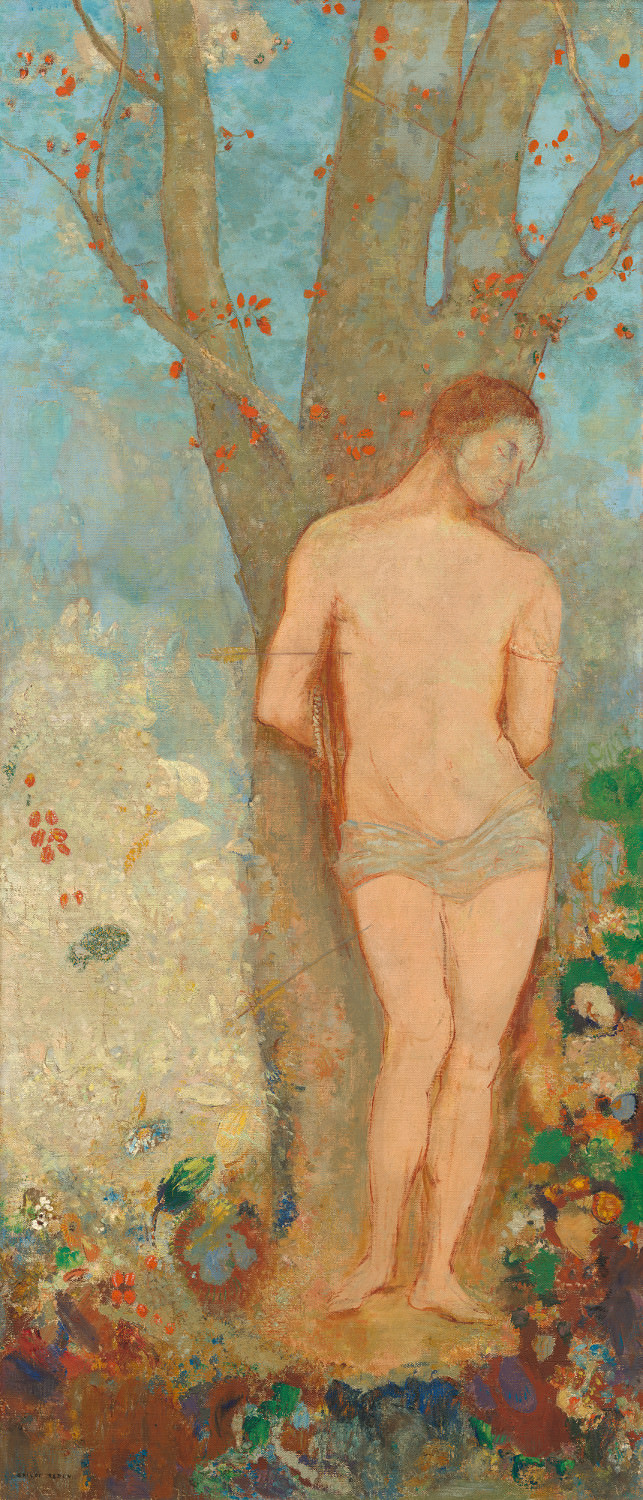
1 thought on “First Traces of Modern Art – Symbolism by Rosângela Vig”